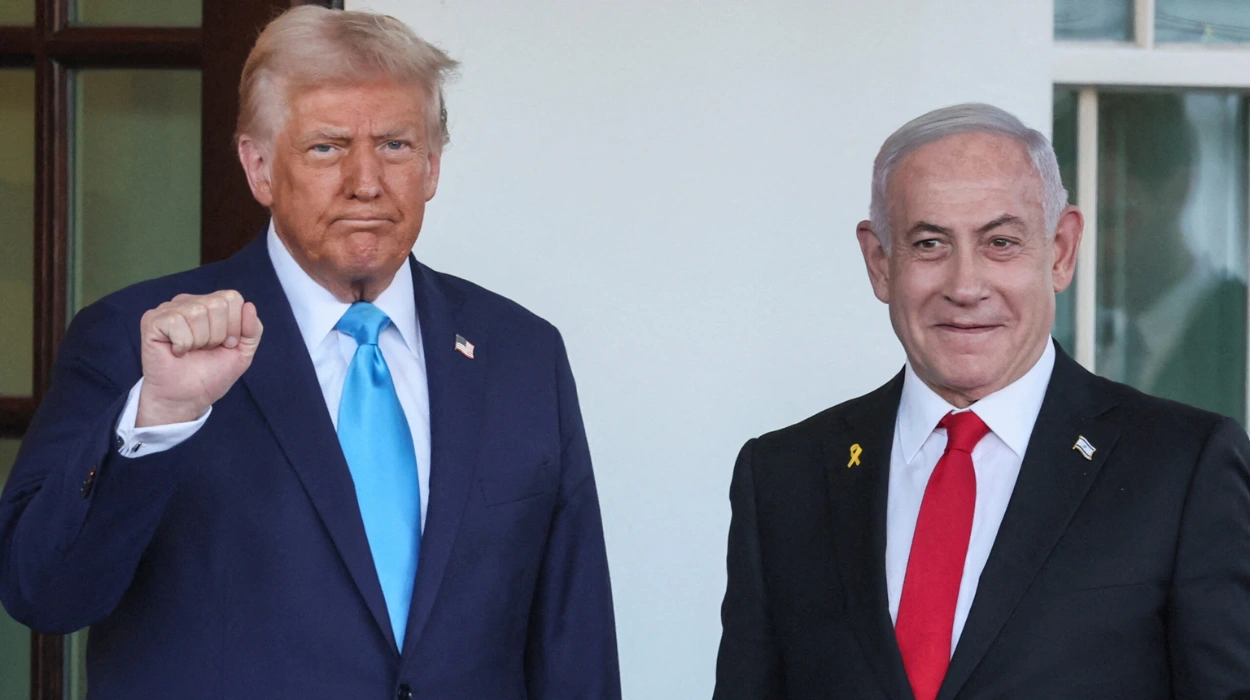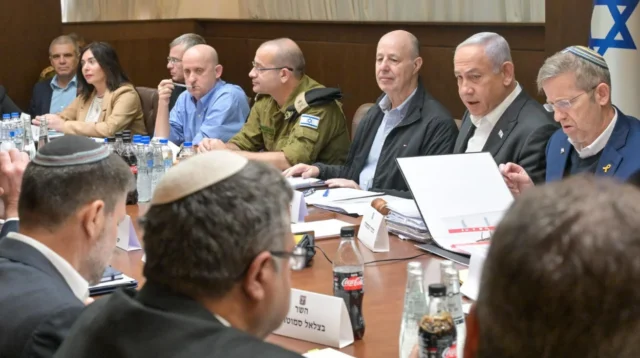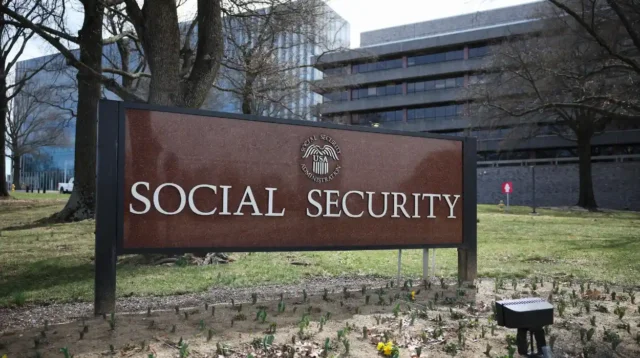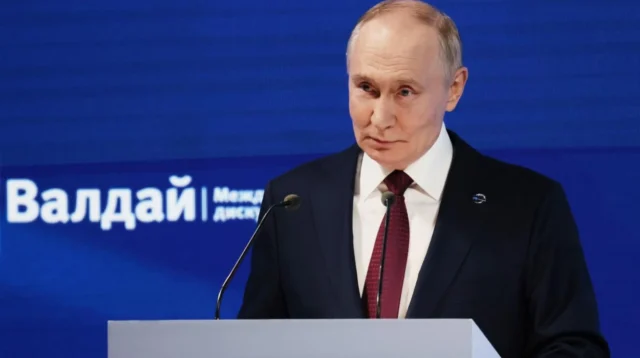A new and rather debatable factor has been added to the on-going attempts to solve one of the protracted and the most violent conflicts in the region with the public ultimatum of U.S. President Donald Trump on a Gaza ceasefire.
By declaring it as a final warning to Hamas, the intervention of Trump provides a limited and high-risk offer, one that features a hostage exchange, a 60-day ceasefire, and temporary measures toward disarmament of Hamas and Israeli withdrawal. Although neither of the two components of the incumbent administration nor formally sanctioned, his participation has changed the tempo and the tone of diplomatic speech in the Middle East.
This process increases the sense of urgency to find a solution as humanitarian circumstances worsen and military action intensifies, and also casts doubt on the importance of informal actors in official negotiations.
The Ceasefire Proposal And Key Terms
The sudden decision of Trump to become the part of ceasefire negotiation has compelled the two sides to reconsider their standpoints. His unofficial proposal includes the steps that influence the balance of power and direct conflict outcomes.
Summary Of The Proposal
The suggestion focuses on the Palestinian prisoners being released in exchange of Israeli hostages accompanied by a conditional 60 days ceasefire.
The ceasefire document written by Trump, according to the media, proposes an orderly negotiation constructed on mutual compromises. Hamas would set free all the remaining 48 Israeli hostages on the first day of the ceasefire. Israel, in its turn, would start the gradual release of thousands of Palestinian prisoners. The agreement will include a 60-day ceasefire or one that will be in place pending the more comprehensive conditions like Hamas disarmament, Israeli military withdrawal and formation of a new governing body in Gaza.
The document, although brief, addresses the aspects that are at the center of the future of the conflict. Hamas leaders have indicated that although they like the framework, they need more definitions particularly on how the political and military arms of Hamas would be treated and what autonomy would be granted to Gaza. On the Israeli front, aided by Foreign Minister Gideon Saar, such a show of goodwill implies readiness to seek diplomatic ways out of the situation, as long as the military pressure is continued.
Ambiguities And Core Challenges
Critical issues remain unresolved in Trump’s document, notably the details around disarmament and governance.
The proposal does not fully address the mechanics of prisoner selection or timelines for military withdrawals. Israeli Prime Minister Benjamin Netanyahu has maintained that hostages must be returned before any withdrawal or political negotiation occurs. Hamas, in contrast, is demanding guarantees of cessation and reconstruction efforts. This disconnect, though not new, takes on renewed intensity under the weight of Trump’s assertive tone.
Meanwhile, Israeli Defense Minister Israel Katz has stated that operations in northern Gaza, including intensified bombing of Gaza City, will continue unless Hamas offers immediate and verifiable compliance.
Diplomatic Maneuvering And Strategic Calculations
The ceasefire proposal has shifted the region’s diplomatic landscape, compelling stakeholders to recalibrate their strategies in response to Trump’s assertive role.
Israel’s Balancing Act Between Diplomacy And Military Strategy
Israel continues to pursue a dual-track approach, balancing active military pressure with tentative diplomatic steps.
The Israeli government continues to manage dual tracks: diplomacy when feasible, and escalation when necessary. While there is no official endorsement of Trump’s mediation by the current U.S. administration, Israeli officials see value in outside influence that pressures Hamas. However, Israel remains cautious about being perceived as capitulating to an unofficial actor or timeline.
This reflects Israel’s strategic doctrine of maintaining overwhelming deterrence, which has driven military operations in areas like Rafah and Jabalia during 2025. Yet the cost of such campaigns, in civilian casualties and international pressure, may be encouraging greater openness to conditional negotiations even if mediated by nontraditional figures.
Hamas’s Internal And External Pressures
For Hamas, the decision to engage with the proposal involves navigating domestic expectations and external diplomatic pressures.
Hamas faces mounting pressure both within Gaza and from regional allies. With infrastructure decimated and morale fractured, internal factions debate the feasibility of accepting conditional terms. Senior Hamas members argue that disarmament without political recognition would weaken the group’s influence irreparably.
At the same time, Qatar and Turkey have increased pressure on Hamas leadership to respond pragmatically to the offer. Qatar’s Prime Minister has reportedly advised leadership in Gaza that rejecting a serious offer risks further isolation and civilian harm. There is growing consensus among external actors that Hamas should at least engage with the ceasefire plan to forestall deeper humanitarian collapse.
Shifting Regional And International Dynamics
Trump’s involvement underscores changing power dynamics in conflict mediation. His proposal has unsettled traditional actors and introduced an element of unpredictability.
Trump’s Re-Entry Into Middle East Diplomacy
Trump is not speaking on behalf of the U.S. government, but his proposal has spread fast and appeared in the media throughout the region.
The re-entry of Trump as an investor in himself introduces a new twist to Middle East diplomacy. Even though he is no longer the president, his influence especially on the right wing of the Israeli groups and some of the Arab Gulf elites is still huge. Trump reinforces his image of high-stakes trade by positioning himself as a pressure broker, however, at the risk of making multilateral work more complex.
Israeli leadership has not refuted his assertion that Israel has been agreeing to the plan although there has not been a formal joint statement. The current administration, headed by President Biden, has not commented directly out of fear of damaging the official diplomatic channels by using the State Department and allied parties in Egypt.
This individual has addressed the issue already, and provides an insight into how the ceasefire situation is developing and how it is played out politically around the Trump offer:
*BREAKING:*
— Fernanda Familiar (@qtf) September 8, 2025
Trump says, “A Gaza deal is coming soon, and we’ll get all the hostages back.”
*𝗜𝗦𝗥𝗔𝗘𝗟 𝗟𝗜𝗩𝗘 𝗡𝗘𝗪𝗦*. @TimesofIsrael
FF pic.twitter.com/6U9QzCw9Xd
Regional Actors And Parallel Initiatives
The proposal has placed new pressure on traditional mediators like Egypt and Qatar, challenging their ongoing peace frameworks.
Trump’s proposal runs parallel to ongoing efforts by Egypt, Qatar, and the United Nations. These traditional mediators have faced difficulties brokering lasting agreements, as repeated ceasefires over the past year have broken down due to violations and mutual mistrust.
While Trump’s entry may introduce momentum, it also risks fragmenting mediation efforts if viewed as undermining existing frameworks. The challenge lies in aligning these initiatives to avoid mixed messages and disjointed diplomacy. Egypt’s intelligence services have reportedly requested clarifications on Trump’s proposed prisoner exchange, seeking to integrate its details with Cairo’s standing negotiation files.
Humanitarian And Security Considerations
Against the backdrop of political maneuvering, the civilian cost of the conflict continues to rise. The ceasefire proposal’s timing highlights urgent humanitarian stakes.
Worsening Conditions In Gaza
The humanitarian crisis in Gaza remains severe, with strikes on civilian areas intensifying despite ceasefire discussions.
The ceasefire proposal comes amid an intensification of military operations. Airstrikes across Gaza City and Khan Younis in recent weeks have displaced thousands. According to the Gaza Health Authority, over 40 Palestinians were killed in the 72 hours preceding Trump’s public ultimatum. These numbers are expected to rise if no de-escalation occurs.
Human rights monitors, including Amnesty International, have warned that continued siege conditions without humanitarian corridors violate international law. While Trump’s document briefly mentions “safe evacuation zones,” no enforcement or monitoring mechanism has been specified.
International Calls For Safeguards And Oversight
The international actors are increasingly concerned about the implementation of the ceasefire as it requires accountability and transparency.
To comply and be accountable, European and UN officials have demanded any deal to be linked to international monitoring. Civilians have not been promised such things as safe access to food, water and medical care because many are afraid the ceasefire might be brief or abused by either side.
Without a clear disarmament program, security analysts warn that armed groups in Gaza can re-arm within the ceasefire period, and this would be the basis of new hostilities. The success of this proposal thus, lies not in its being accepted but also in practical execution and confirmation by the third party.
The ceasefire ultimatum that Trump gave to Gaza is indicative of the unstable nature of urgency, ambition and political complexity that will constitute Middle East diplomacy in 2025. With the escalation of hostilities and the increased costs of humanitarian aid, the international community is confronted with a serious dilemma whether to pursue the disjointed efforts in silos or to bring together efforts behind realistic structures. Even though Trump came up with this proposal which might have been out of official structures, it has compelled all the stakeholders to address the urgency of the peace or the effects of its lack. The next few days could spell the difference between this gambit hastening an end to violence and giving another dimension to an already intractable conflict.





